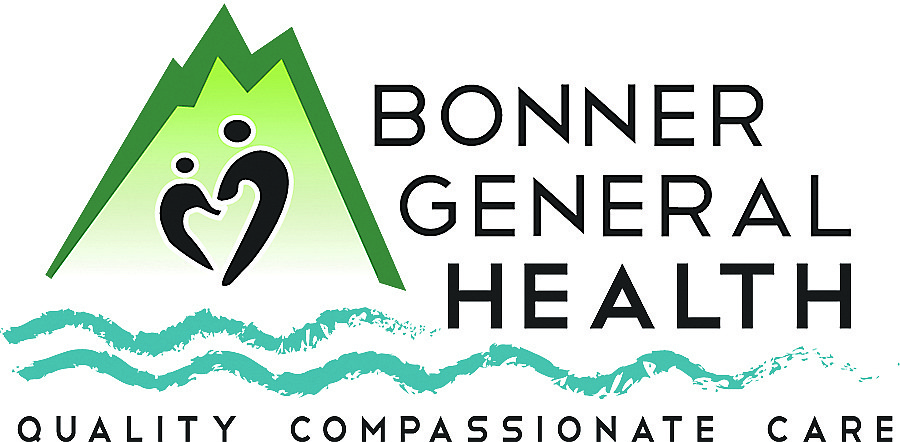Is it a cold, the flu, COVID-19 or RSV?
With the holidays in the rear-view mirror, now comes the season for coughing, sneezing, aching and wheezing. Yes, folks, it’s virus season here in Bonner County. And, I don’t know about you, but just about everyone I know is currently suffering from a virus of some sort.
In the past I would warn you about flu season and encourage you to get a flu shot. Now, besides that inoculation, there are more we should be thinking about getting. If you haven’t had a COVID booster, it’s time. If you haven’t had an RSV shot, it may be time for that one, too.
We should all know that the difference between the common cold, influenza (flu), respiratory syncytial virus (RSV) and COVID-19 is simply that they’re caused by different viruses. That’s the easy part. But which one?
The National Foundation for Infectious Diseases says, “Symptoms of flu, RSV and COVID-19 are similar and may include fever, cough, and shortness of breath. Because the symptoms are similar, it can be difficult to distinguish between illnesses caused by respiratory viruses.”
The common cold is the least contagious of the group and the most, er, common. It takes two or three days from the time of exposure until you’re showing signs of infection. The symptoms include a low-grade fever, sneezing, sore throat and stuffy nose. These symptoms tend to start mild then get worse over a few days and are typically gone in seven to ten days.
Seasonal influenza takes between one and four days after exposure to show signs of body aches, chills, cough, fatigue, fever, headache, sore throat, and stuffy nose. According to the Children’s Hospital of Los Angeles, children under two are at the highest risk of more severe disease. Kaiser Permanente says that the “flu usually involves symptoms that are worse than a cold and come on faster.”
With COVID-19 viral shedding (when you’re contagious) occurs two to three days before symptoms appear. That means that a person with COVID-19 can pass the virus before they know they have one. They can even spread the virus without ever being symptomatic themselves.
COVID-19 symptoms include body aches, chills, diarrhea, fatigue, fever, headache, loss of smell and taste; nausea and vomiting; shortness of breath; stuffy and runny nose; and not so often wheezing.
Harvard Health says, “Most people with COVID-19 have mild respiratory symptoms that feel much like a cold or flu. But it can be much more serious for older adults, people with underlying medical conditions, and those who haven’t been vaccinated against COVID-19.”
RSV is more common in children, and very contagious. Infants are at high risk of severe disease. When older adults contract RSV, it can take a long time to recover. Although symptoms usually last seven to ten days, some children can develop a cough that takes up to six weeks to clear.
Symptoms include cough, headache, runny or stuffy nose, sneezing, fever, sore throat, and wheezing. Kaiser Permanente says that symptoms come on gradually and sometimes include chills, diarrhea or vomiting, loss of taste or smell and muscle pain or body aches.
The Children’s Hospital of Los Angeles answers the question I never thought of asking. “Is it possible to have the cold, the flu, RSV or COVID-19 at the same time?” The answer, “There have been some reports about people being infected with two concurrently. We do know that all these viruses have the potential to shed for a long time, so it may be true that someone could test positive for both COVID-19 and RSV, but RSV is the only one causing symptoms. There’s not enough research or cases to truly understand these scenarios yet.” Wow.
Kaiser tells you to stay home when you start to feel sick to avoid spreading the virus. You should get plenty of rest, drink plenty of liquids, and take acetaminophen or ibuprofen for aches and fever. Take a home COVID-19 antigen test and if you’re positive contact your primary care provider who can prescribe medication.
Whatever your symptoms, keep track of them and most likely they’ll go away in seven to ten days. “If you’re sick for longer than that, have severe symptoms, or are at high risk for complications, contact your doctor.”
Kathy Hubbard is a member of the Bonner General Health Foundation Advisory Council. She can be reached at kathyleehubbard@yahoo.com.

